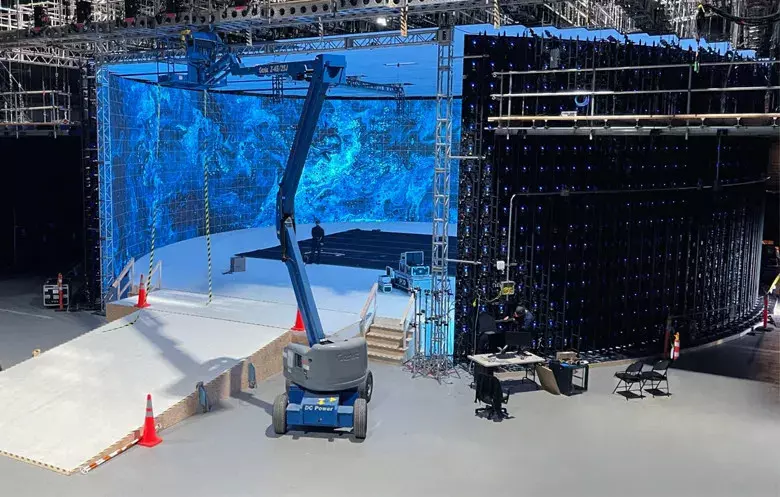-
PhD Frederick Travis explains that the concept “We create our reality”
Frederick Travis, PhD, director of the Center for Brain, Consciousness and Cognition, explains that the concept “We create our reality” is more than a philosophical statement. It is a physical reality driven by neural plasticity—every experience changes the brain. Therefore, choose transcendental experiences and higher states of consciousness naturally unfold.
-
Guinness Declares Pixomondo and William F. White International’s Vancouver Virtual Production Stage World’s Largest LED Stage
-
The “massive lie” that returning to work is magically better for productivity and collaboration
“I think the push in some quarters to get everyone back into the office for the majority of the time is being driven by two factors.
The first one is concern about commercial property values.
The second is a peculiar harking back by some managers to a 1950s Theory X approach. Theory X assumes that all workers are lazy, must be watched at all times and need to be directed and controlled in order to work.”
-
Netflix’s hidden test screens to calibrate your TV
https://www.tomsguide.com/how-to/how-to-use-the-netflix-test-screens
brightness
contrast
color
sharpness
-
Apple Vision Pro vr/ar headset will cost $3,499 and debut in early 2024
https://edition.cnn.com/2023/06/06/tech/apple-vision-pro-hands-on/index.html
https://edition.cnn.com/tech/live-news/apple-event-june-wwdc-2023/index.html

CUPERTINO, CALIFORNIA – JUNE 05: The new Apple Vision Pro headset is displayed during the Apple Worldwide Developers Conference on June 05, 2023 in Cupertino, California. Apple CEO Tim Cook kicked off the annual WWDC23 developer conference with the announcement of the new Apple Vision Pro mixed reality headset. (Photo by Justin Sullivan/Getty Images) -
10 FREE AI Tools
- https://erase-it.cloudinary.com/ Remove unwanted elements in a picture
- https://www.theresapromptforthat.xyz/ Generate better prompts for AI
- https://wonderplan.ai/ Generate accurate travel plans
- https://magickpen.com/ Blog article writer
- https://www.brandbird.app/ Brand/social media image/video creator
- https://www.createaivideos.com/ Generate videos
- https://namify.tech/ Generate online brand names
- https://kiti.ai/ Recipes from videos generator
- https://www.bing.com/images Image generator
COLLECTIONS
| Featured AI
| Design And Composition
| Explore posts
POPULAR SEARCHES
unreal | pipeline | virtual production | free | learn | photoshop | 360 | macro | google | nvidia | resolution | open source | hdri | real-time | photography basics | nuke
FEATURED POSTS
Social Links
DISCLAIMER – Links and images on this website may be protected by the respective owners’ copyright. All data submitted by users through this site shall be treated as freely available to share.






